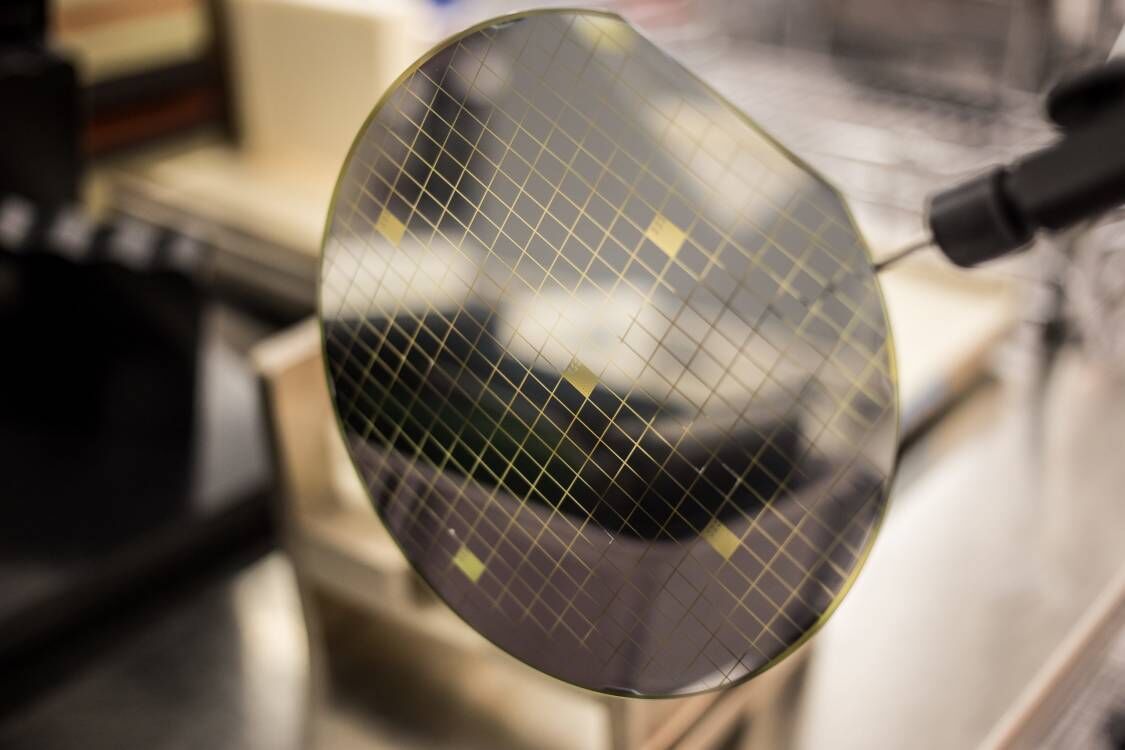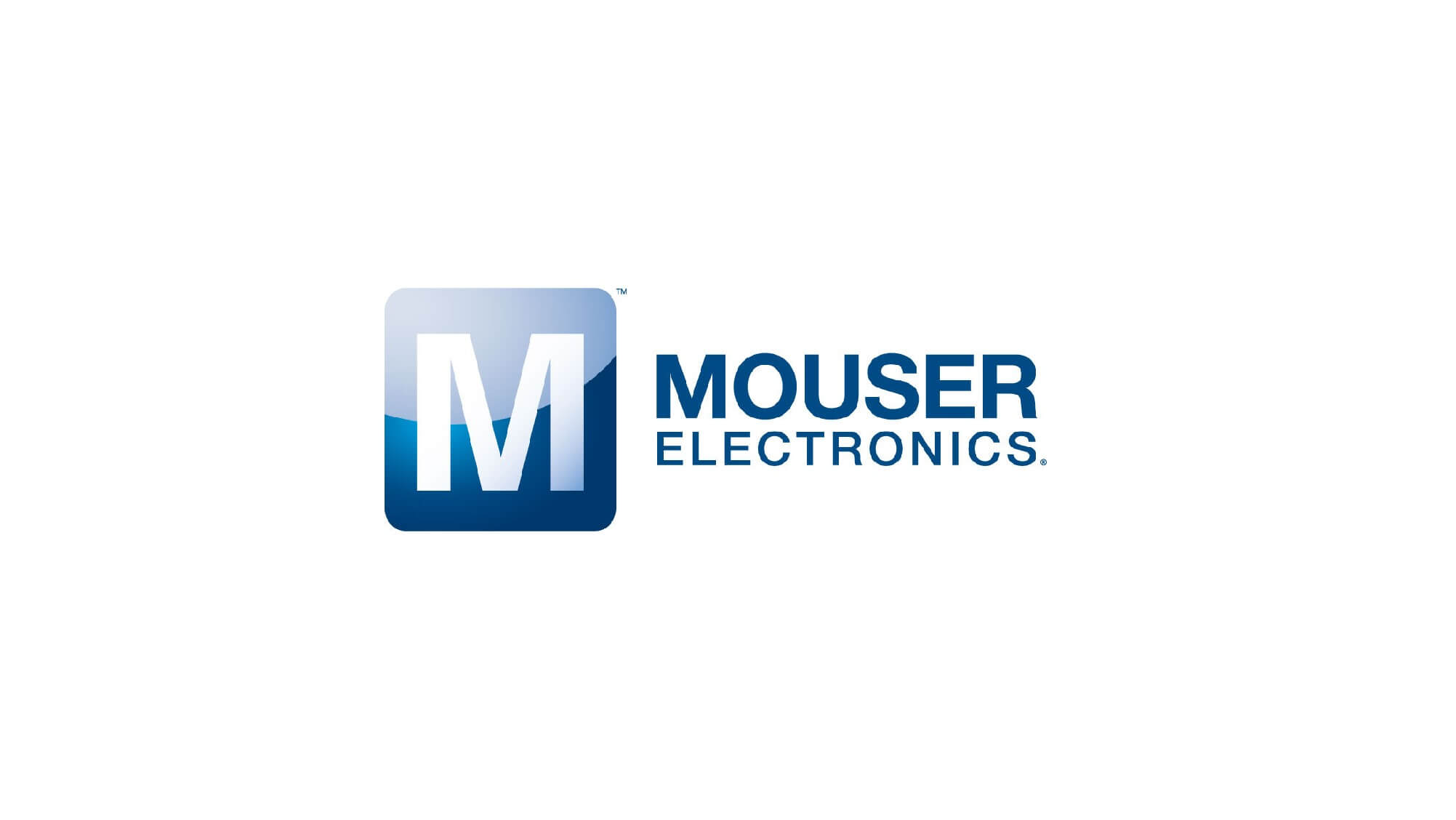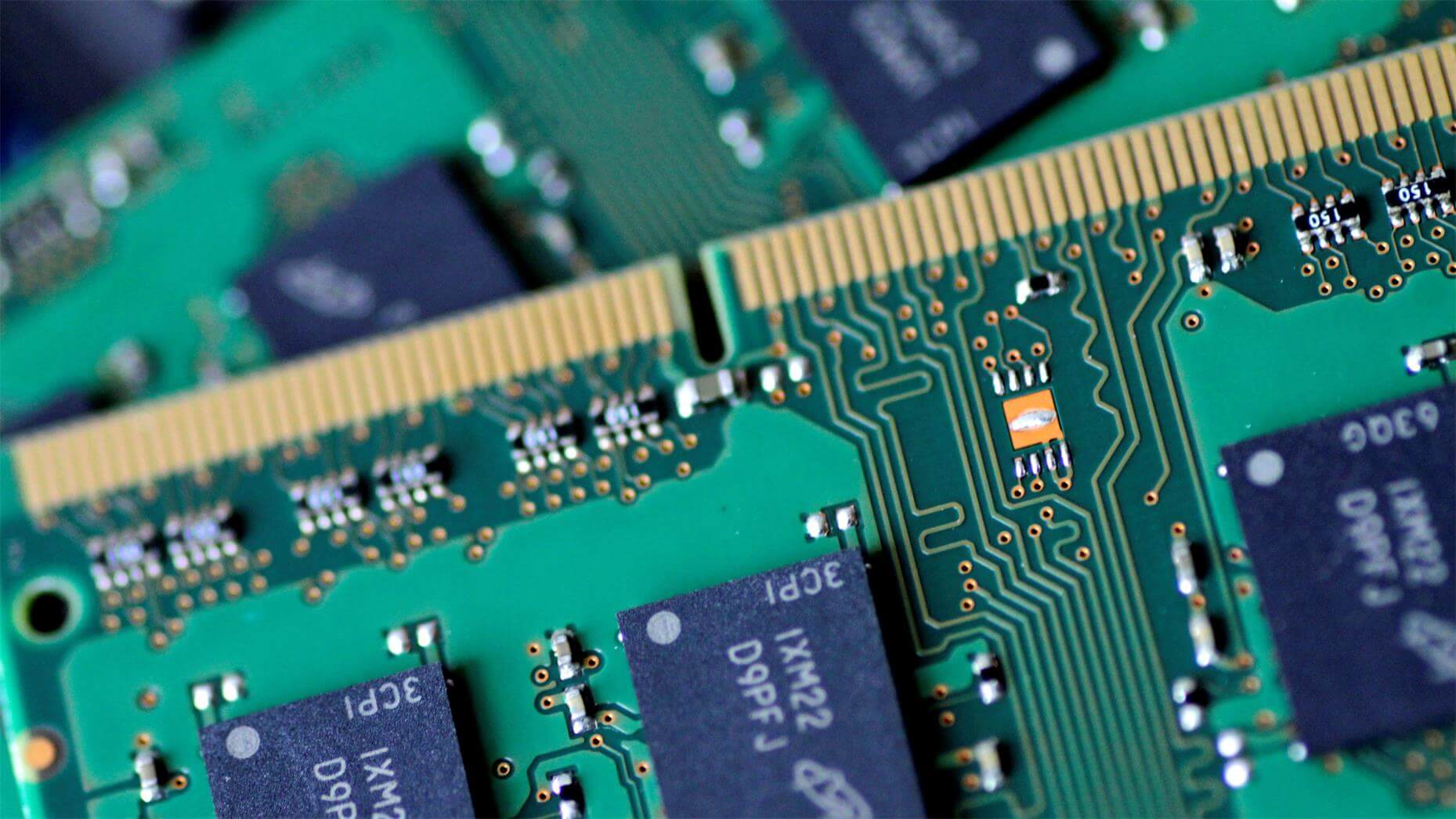August 21, 2025 /SemiMedia/ — The phase-out of 150 mm CMOS production is no longer a simple technology update but a structural risk for the semiconductor industry. Manufacturers in automotive, industrial, medical and aerospace sectors remain heavily dependent on mature analog and mixed-signal ICs, yet multiple foundries have recently stopped 6-inch wafer processing, disrupting supply and forcing urgent redesigns and system revalidation.
The withdrawal of nodes at 0.6 µm and above is creating supply challenges for sensor interfaces, power management and other legacy chips. Rising material and maintenance costs have made sustaining 150 mm production increasingly uneconomic, pushing fabs to halt operations. Under JEDEC J-STD-048, customers have only six months to place last-time-buy orders and 12 months to complete deliveries, adding to the urgency.
Rather than leap directly to 300 mm / sub-130 nm nodes, many chipmakers are migrating to 200 mm wafers at 350 nm or 180 nm. These nodes balance development cost, design simplicity and long-term viability. The 350 nm process in particular is attractive for its low mask cost, fast validation, robust analog and high-voltage performance, and consistently high first-pass yield.
Industry data reinforces this trend: in Q3 2023, nodes above 90 nm accounted for over 38 percent of global monthly wafer output, underscoring the strength of the 200 mm supply chain. The 350 nm platform supports MEMS, sensor interfaces, embedded MCUs such as ARM Cortex-M0, i8051 and RISC-V, and non-volatile memory integration—delivering long lifecycle and broad device options.
X-Fab positions its “X-Chain” ecosystem as a response to this shift, providing silicon-verified platforms, rapid prototyping, European-based manufacturing and long-term supply commitments. This enhances supply security, mitigates geopolitical risks and ensures stability for customers transitioning to 350 nm CMOS.
The end of 150 mm CMOS highlights a structural supply chain risk. For companies relying on mature nodes, migration to 200 mm platforms—particularly 350 nm and 180 nm technologies—has become essential to safeguard continuity and maintain differentiation.












All Comments (0)